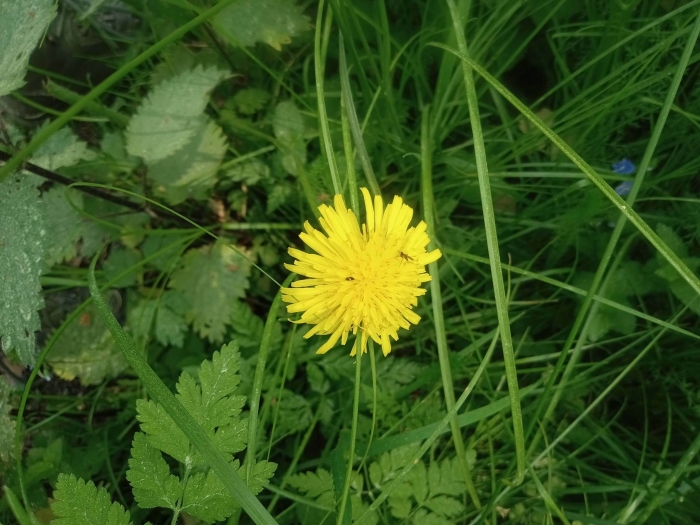Mouse-Ear Hawkweed
(Pilosella officinarum)
Mouse-Ear Hawkweed (Pilosella officinarum)
/
/

© Adam Śliż
CC BY 4.0
Image By:
© Adam Śliż
Recorded By:
Copyright:
CC BY 4.0
Copyright Notice:
Photo by: © Adam Śliż | License Type: CC BY 4.0 | License URL: http://creativecommons.org/licenses/by/4.0/ | Uploader: przyrodnik-beskidzki | Publisher: iNaturalist |













Estimated Native Range
Summary
Pilosella officinarum, commonly known as mouse-ear hawkweed, is a hispid perennial herb in the Asteraceae family. It is native to alpine meadows, dry grasslands, and rocky slopes in Europe and Western Asia. This plant typically forms a basal rosette of leaves and reaches a modest height of 5-20 cm. Mouse-ear hawkweed produces single, lemon-yellow inflorescences atop slender, leafless stalks from late spring to early autumn, offering a long flowering season. The flowers are modest in size but can be quite showy when in large numbers.
Mouse-ear hawkweed is valued for its drought tolerance and ability to thrive in poor, sandy, and less fertile soils, making it suitable for rock gardens, wildflower meadows, and xeriscaping. It is also used in traditional medicine for various ailments. However, gardeners should be cautious as it spreads aggressively through stolons and seeds, forming dense mats that can outcompete other plants. It requires minimal maintenance and prefers full sun but can tolerate partial shade. While it has a reputation for being invasive outside its native range, in controlled settings, it can be a low-maintenance ground cover or accent plant.CC BY-SA 4.0
Mouse-ear hawkweed is valued for its drought tolerance and ability to thrive in poor, sandy, and less fertile soils, making it suitable for rock gardens, wildflower meadows, and xeriscaping. It is also used in traditional medicine for various ailments. However, gardeners should be cautious as it spreads aggressively through stolons and seeds, forming dense mats that can outcompete other plants. It requires minimal maintenance and prefers full sun but can tolerate partial shade. While it has a reputation for being invasive outside its native range, in controlled settings, it can be a low-maintenance ground cover or accent plant.CC BY-SA 4.0
Plant Description
- Plant Type: Herb
- Height: 0.6-2.6 feet
- Width: 0.6-2.6 feet
- Growth Rate: Moderate, Rapid
- Flower Color: Yellow
- Flowering Season: Spring, Summer, Fall
- Leaf Retention: Evergreen, Semi-deciduous
Growth Requirements
- Sun: Full Sun
- Water: Low, Medium
- Drainage: Fast, Medium, Slow
Common Uses
Bee Garden, Border Plant, Low Maintenance, Rock Garden
Natural Habitat
native to alpine meadows, dry grasslands, and rocky slopes in Europe and Western Asia
Other Names
Common Names: Tawny hawkweed, Orange hawkweed, Devil’s paintbrush
Scientific Names: , Pilosella officinarum, ? conspersiforme, ? obovale, ? plenius, ? vitile, Hieracium abreptum, Hieracium abreptum var. villigerens, Hieracium aciculare, Hieracium aciculare var. exstriatum
GBIF Accepted Name: